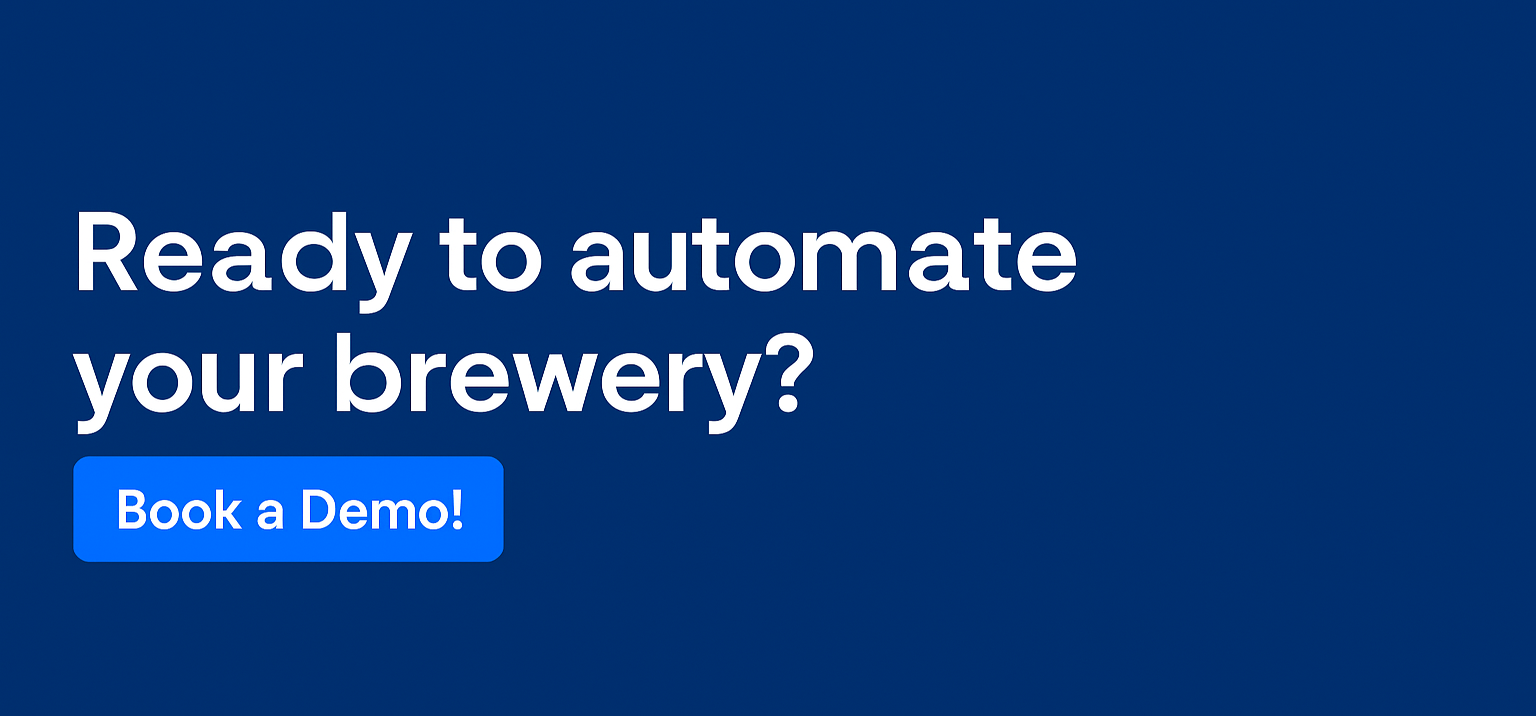Blog Post
How Finance, Sales, Packaging, and Quality Teams Benefit from FirstStep
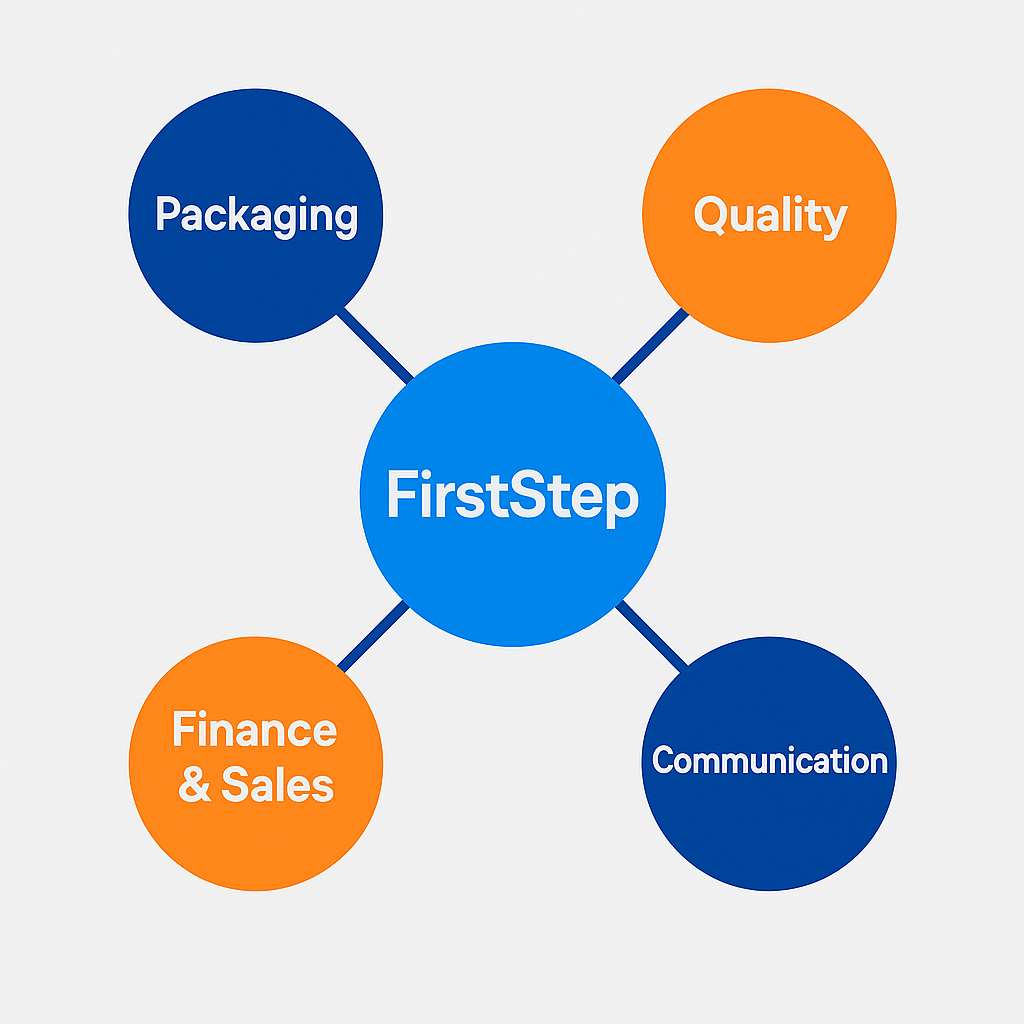
The beer industry faces a persistent challenge that affects profitability and customer satisfaction: tracking and preventing defective bottles and crates before they reach customers. For small subsidiary breweries especially, the ability to trace the origin of quality issues can mean the difference between sustainable operations and costly quality control failures. When customers receive defective products, breweries not only lose revenue through refunds but also risk damaging their hard-earned reputation in a competitive market.
The Interdependent Ecosystem of Brewery Departments
Packaging Department: The Production Frontline
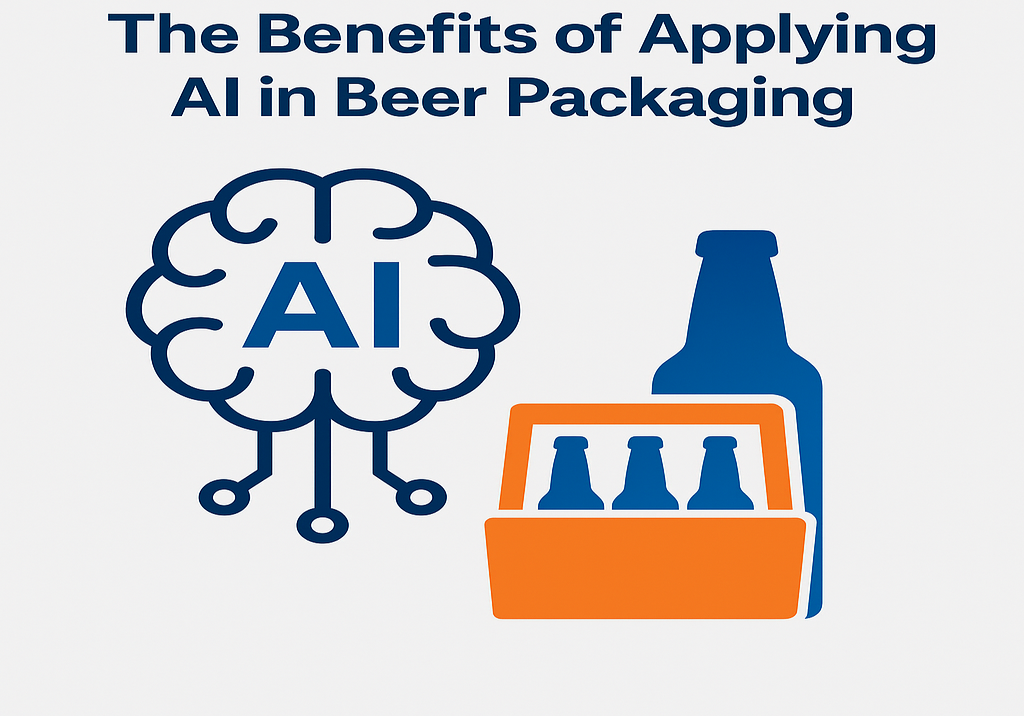](https://firststep.ai/en/blog/content/images/20250516131818-Packaging%20Department%20Challenges%20-%20FirstStep%20AI.png)
Packaging serves as the critical operational hub where raw products are transformed into deliverable goods. This department shoulders the responsibility of filling bottles, organizing them into crates, and ensuring these crates are properly loaded onto delivery trucks to fulfill customer purchase orders.
The challenges facing packaging teams are substantial and multifaceted. They frequently encounter discrepancies between promised and received raw materials, creating inventory management headaches. More significantly, they struggle with limited visibility into their output - unable to accurately track how many crates and bottles are assigned to specific purchase orders. This tracking gap creates a fundamental weakness in quality assurance.
Additionally, packaging teams must respond to quality department signals by identifying, fixing, or removing defective items - whether they're broken bottles, uncapped bottles, empty crates, or partially filled crates. This reactive work often disrupts production flow and efficiency.
Quality Department: The Guardians of Standards
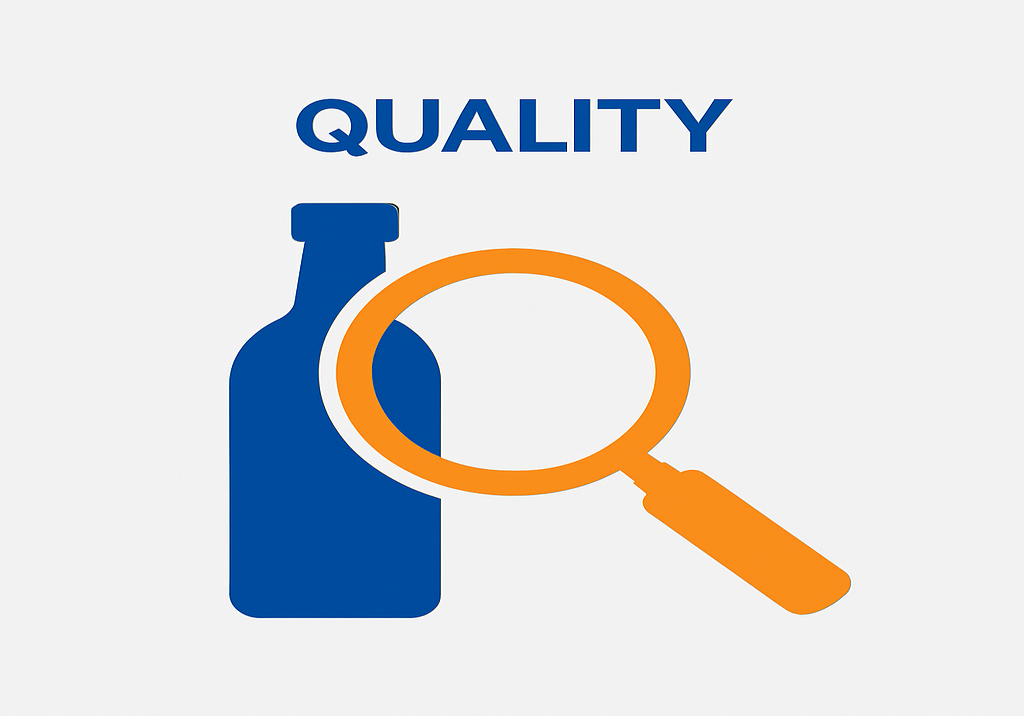
Quality Controllers serve as the vigilant gatekeepers at two critical junctures: when bottles first arrive at the rebottling facility and before products leave for customer delivery. Their preventive role cannot be overstated - by identifying defective items before they enter the packaging process, they help avoid costly conveyor belt breakdowns that would otherwise require time-consuming intervention.
The quality team ensures every bottle leaves the facility meeting uniform standards across multiple criteria - branding consistency, cleanliness, structural integrity, proper fill levels, secure capping, and overall market readiness. These standards represent the brewery's commitment to excellence and directly impact customer satisfaction.
Finance & Sales: Customer Satisfaction Managers

When defects slip through the quality control net and reach customers, the consequences quickly cascade to finance and sales departments. Customers typically contact these teams directly to lodge complaints, demand replacements, or request refunds.
This situation triggers a challenging investigation process across departments. Without robust tracking, each team naturally defends its processes - packaging insists their conveyor systems ran without issue, while quality maintains they detected no defects in either incoming or outgoing products. This departmental fragmentation prevents effective problem-solving.
The lack of comprehensive visibility forces many breweries to simply comply with customer requests without determining whether defects originated at the facility or resulted from customer mishandling after delivery. This uncertainty creates financial vulnerability and prevents systemic improvements.
The Communication Breakdown
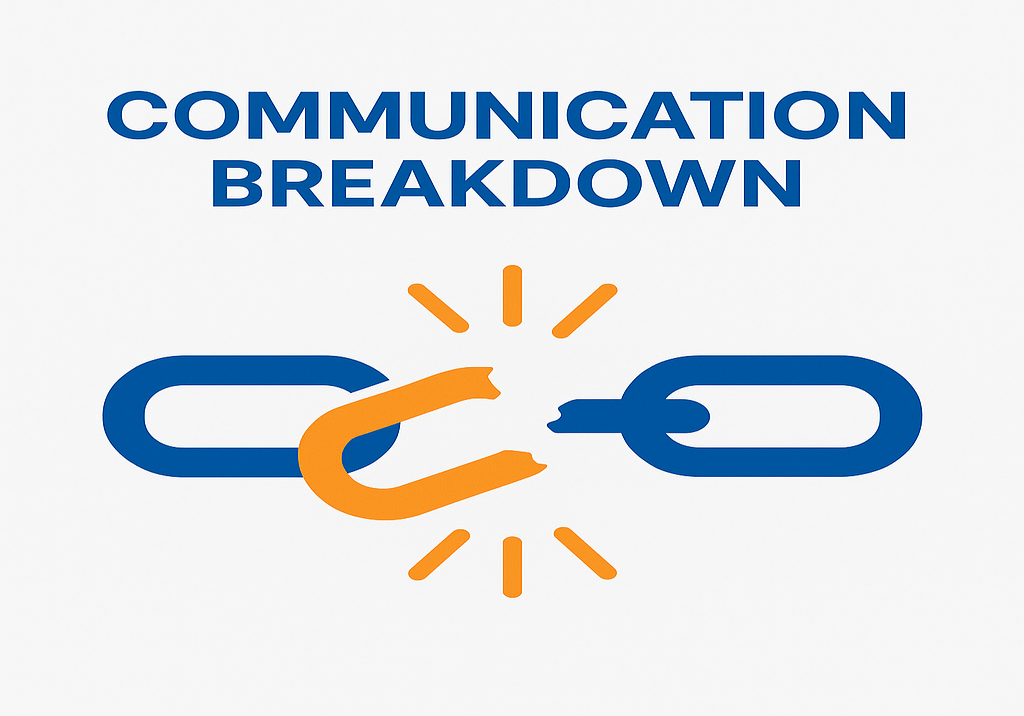
Finance teams bear disproportionate responsibility for reconciling and coordinating cross-departmental communication when addressing customer complaints. However, several obstacles impede effective resolution:
1. Absence of structured communication channels between departments
2. Lack of comprehensive tracking for individual crates throughout production
3. Temporary data logging that prevents historical investigation and pattern recognition
To manage these limitations, many finance departments implement a "5% refund policy" - allowing refunds for up to 5% of a purchase order's defective bottles. This policy represents a costly financial penalty resulting from poor interdepartmental coordination and information sharing.
Current Solutions and Their Limitations
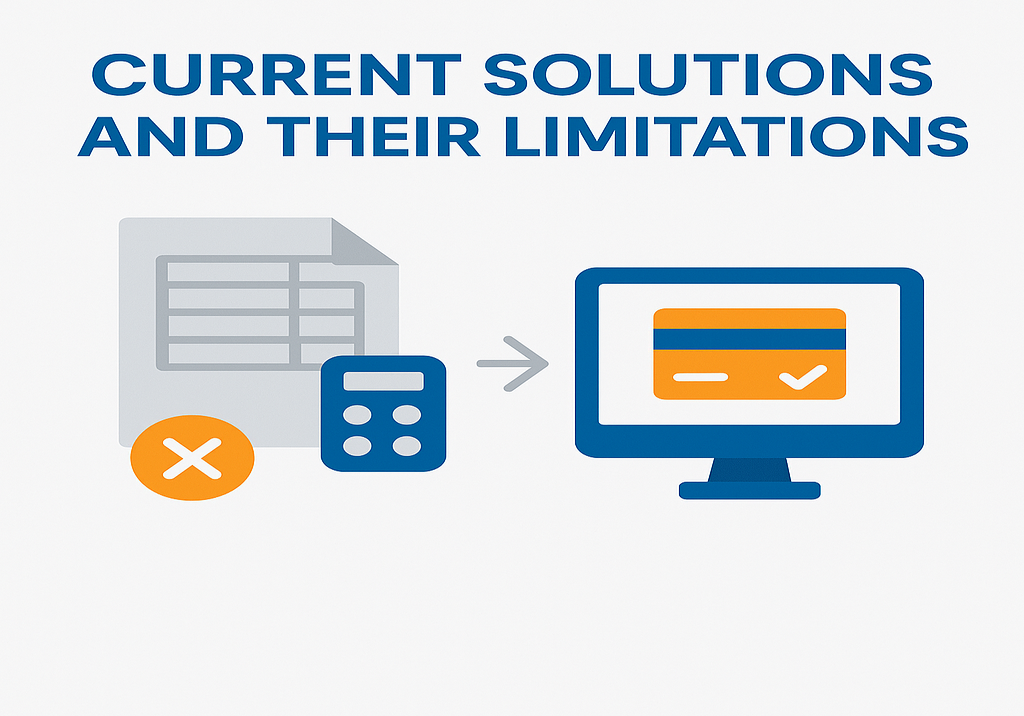
Financial Oversight Through Accounting Software
Finance departments typically attempt to establish accountability by requiring packaging and quality teams to self-report material inputs and outputs at key production stages. This data is then reconciled against customer complaints and revenue figures.
Most breweries rely on enterprise software like SAP or Sage (for smaller operations) to manage this tracking. However, these systems depend heavily on manual data entry, creating opportunities for human error and providing limited real-time visibility into physical processes.
Sensor Technology: A Partial Solution
Many packaging departments have implemented laser and ultrasound sensors to detect and count crates, technologies that have been available for over a decade. Despite their widespread adoption, these sensors have significant limitations:
1. They can only detect the presence of a crate, not assess its contents
2. They provide no visibility into bottle condition or branding quality
3. They generate minimal data - typically just basic crate counts
4. They enable limited reporting capabilities or pattern analysis
These technological gaps prevent breweries from effectively tracing defects to their source, perpetuating the cycle of reactive problem management rather than proactive prevention.
Reimagining Interdepartmental Collaboration with AI
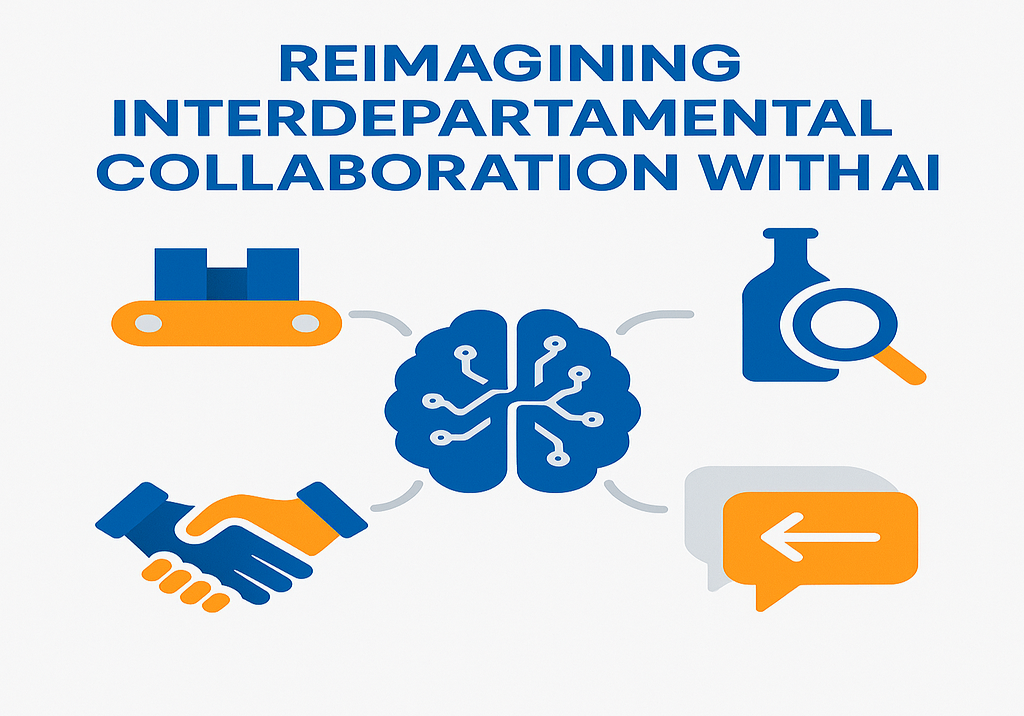
Advanced AI-powered solutions now offer a comprehensive approach to brewery challenges. Computer vision combined with real-time analytics provides transformative capabilities:
1. Real-time detection and counting of crates
2. Detailed logging of bottle cleanliness and count within each crate
3. Automated acceptance or rejection of crates for further processing
4. Timestamped documentation of quality decisions
These capabilities fundamentally transform interdepartmental interactions by creating a shared, objective source of truth that supports both investigations and improvements.
Companies such as FirstStep.AI provide AI-powered crate inspection as well as operation logging and shift management software applications that rely on being co-installed with very minimal equipment in a packaging facility.
Our suite of AI-powered solutions prevent any issues with a bottle or crate before anything is loaded onto a truck for delivery to a customer by leveraging AI in the packaging process.
Our flagship product, the Full Crate Inspector (FCI), is a high-definition camera that is mounted on top of up to two conveyor belts at a time. This camera provides computer vision and a video feed that is then analyzed in real time by our AI software connected to this camera to not only detect and count crates, but to log the condition and count of bottles in a crate. Our FCI is capable of then accepting or rejecting a crate for further processing in a packaging plant. This FCI product fully automates the process of creating a log of bottles and crates that is traceable in the event the finance and/or sales teams receive a refund or replacement request.
As every crate is logged and every bottle inspected, all the approvals and defects are documented with a timestamp on a digital dashboard for your team to observe and analyze. This dashboard view is accessible to any permitted department. You can zoom in and out of time to look at the total volume of bottles and crates that have been processed together with data on their quality and readiness for delivering to customers.
The dashboard of our FCI product can be the source of truth for investigating any refund or replacement requests from customers.
You can learn more about our Full Crate Inspector here.
The Benefits of Applying AI in Beer Packaging
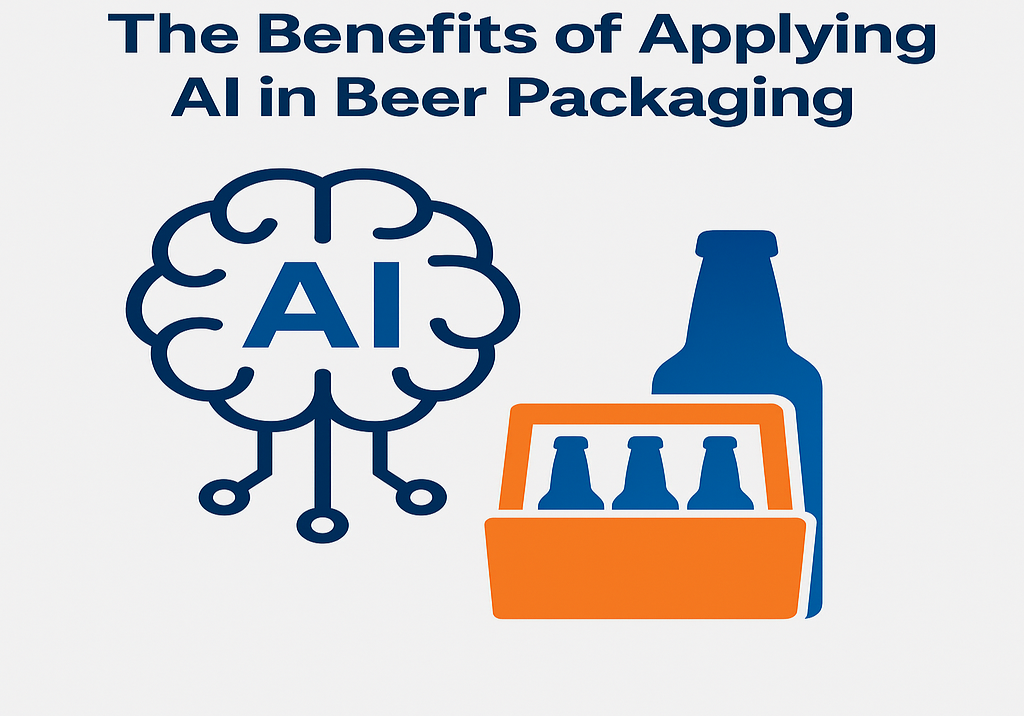
When departments at a brewery share access to the same real-time data thanks to product suites like FirstStep.AI, several transformational changes occur in organizational dynamics:
From Blame To Solution
Rather than departments defensively protecting their territories when issues arise, they can collectively review objective data to identify exactly where and when defects occurred. This fundamentally shifts conversations from "who's at fault?" to "how can we solve this problem together?"
The data-driven approach removes the emotional and political dimensions of quality issues, allowing teams to focus on improvement rather than justification or blame avoidance.
Preventive Collaboration
With comprehensive historical data accessible across departments, teams can work proactively to identify trends before they become critical issues. For example:
- Finance might notice increased refund requests from certain delivery routes
- Quality could review inspection data for those specific batches
- Packaging might adjust handling procedures based on these findings
This proactive collaboration prevents issues rather than merely responding to them after customer impact has occurred.
Unified Goals and Metrics
When all departments access the same data, they naturally align their goals and performance indicators. Instead of departmental metrics that sometimes conflict, they can collectively focus on outcomes that matter to the entire organization:
- Overall defect rates and their reduction over time
- Customer satisfaction scores and their improvement
- Mean time to resolve quality issues
- Financial impact of collaborative quality improvements
This alignment ensures all departments are working toward the same ultimate outcomes rather than optimizing for disconnected departmental metrics.
Continuous Improvement Cycles
The shared visibility creates a foundation for ongoing, systematic improvement. When a defect is identified at any stage, all departments can participate in a structured process:
1. Root cause identification through data analysis
2. Collaborative solution development
3. Implementation and monitoring
4. Cross-departmental knowledge sharing
This approach transforms isolated incidents into organizational learning opportunities that prevent recurrence across all production lines.
Building a Collaborative Future

The future of successful brewery operations depends not just on technological advancement but on how technology enables human collaboration across traditional departmental boundaries. By creating a shared information ecosystem, breweries can develop several vital collaborative capabilities:
1. Trust Between Departments: When everyone accesses the same objective data, interdepartmental trust naturally develops as the foundation for effective collaboration. This trust reduces defensive behaviors and accelerates problem-solving.
2. Cross-Functional Teams: With shared data and aligned goals, breweries can establish effective cross-functional teams including members from packaging, quality, and finance/sales to address specific challenges or improvement opportunities.
3. Collaborative Planning: Departments can jointly develop production schedules and quality checkpoints, considering interdependencies and optimizing for overall outcomes rather than departmental convenience.
4. Unified Training Programs: Rather than department-specific training that reinforces silos, employees can participate in integrated programs that develop understanding of the entire production ecosystem and each person's role within it.
5. Structured Feedback Systems: Regular, data-informed feedback sessions between departments help identify improvement opportunities and celebrate cross-functional successes, reinforcing collaborative behaviors.
The transformation from isolated departments to collaborative teams doesn't happen overnight, but it begins with shared information access and aligned objectives. By fostering this collaborative environment, breweries can significantly reduce defects, enhance customer satisfaction, and strengthen their financial performance.
The collaborative future of brewery operations isn't defined by any specific technology – it's characterized by how people and departments work together, using shared information to create better outcomes than any single department could achieve alone. When packaging, quality, finance, and sales truly function as one integrated team, breweries can achieve remarkable levels of operational excellence, customer satisfaction, and financial performance that deliver sustainable competitive advantage in an increasingly demanding market.
